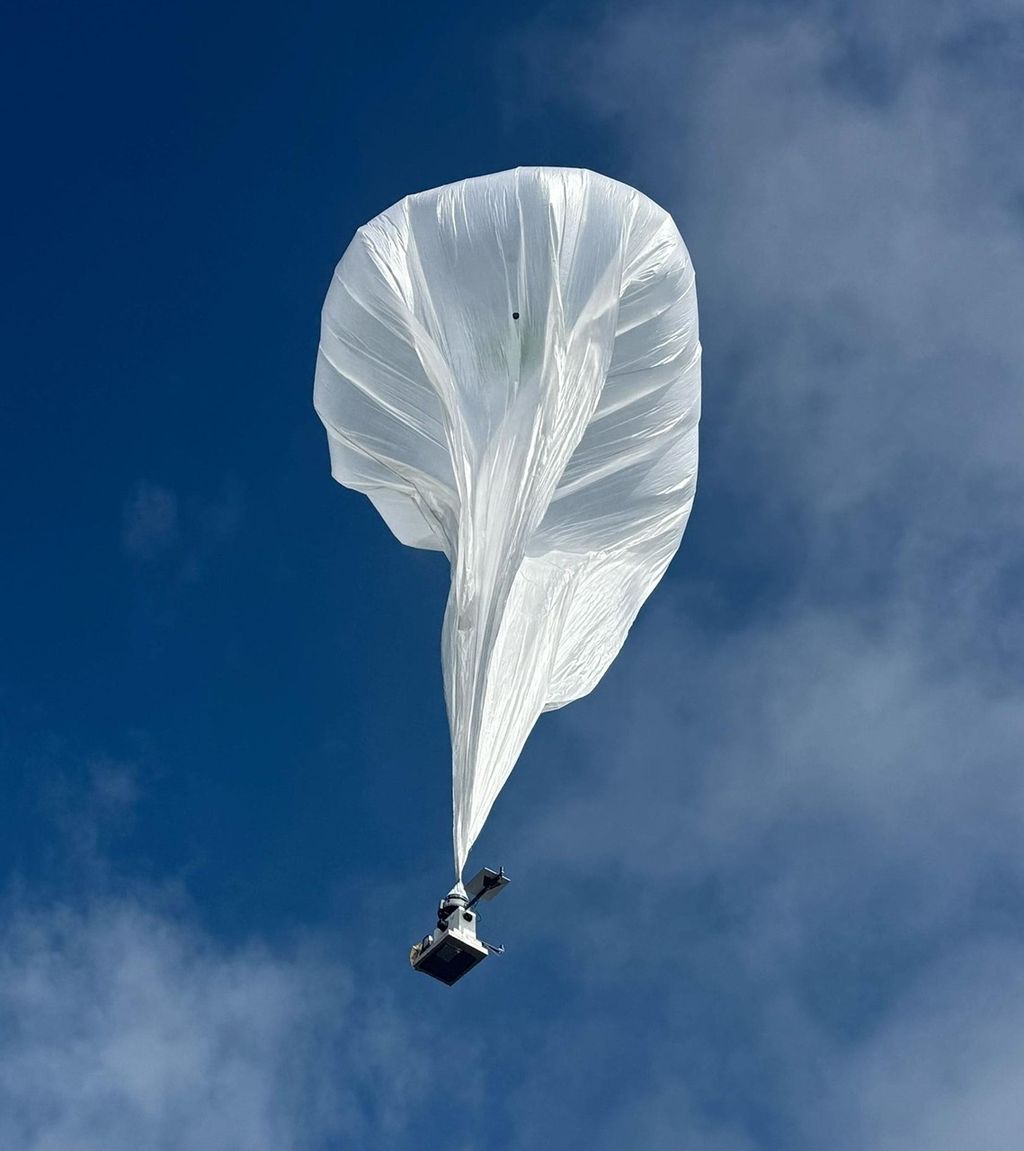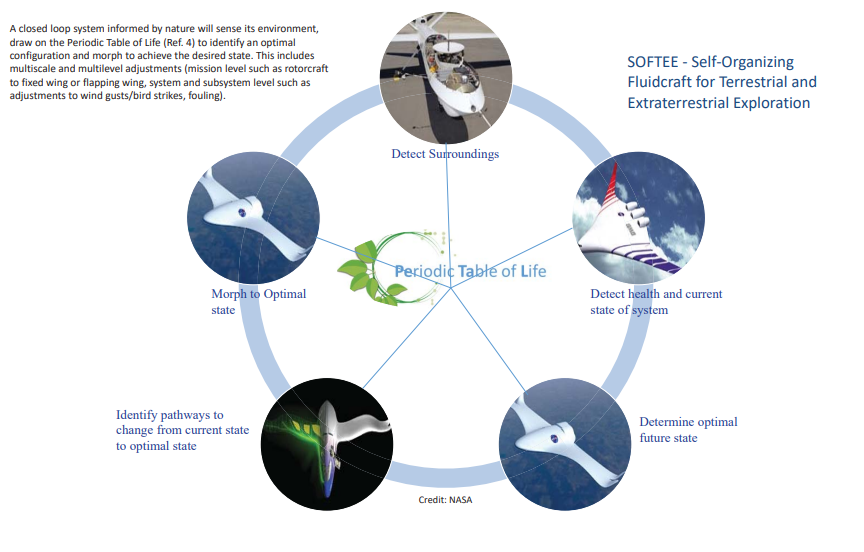Background
Biomimicry is a design approach of emulating nature’s fundamental design and engineering strategies for use in human-made products. A typical engineering approach toward optimizing a design is to add or manipulate existing features. In contrast, biomimicry circumvents this additive approach and instead strips the design problem down to its fundamental principles and components, suggesting designs that will be built efficiently from the ground up. Biomimicry is also commonly referred to as bio-inspired design (BID) or nature-inspired design.
PeTaL (the Periodic Table of Life) is an open-source artificial intelligence (AI) design tool that leverages data and information from nature and technology to advance biomimicry research and development. PeTaL is envisioned to streamline various steps of the bio-inspired design process by integrating new and existing tools and methodologies around its core ontological framework (Shyam et al., 2019; Unsworth et al., 2019). To be as comprehensive as possible, PeTaL requires mass curation of standardized data through which it can learn (via machine learning), interpret, and output predictive solutions to design queries. PeTaL is intended to be used by designers and engineers who seek nature’s solutions to their design and engineering problems, as well as by biologists who seek to extend the application of their scientific discoveries
Capstone
The goal of this capstone is to work with the PeTaL development team on the collection of data, development of algorithms, and creation of deployable tools for use in bio-inspired designs. The potential work areas include machine learning, graph networks, ontologies, application development, and data visualizations.
Depending on research needs, students will conduct the research and development off-site while Glenn Research Center (GRC) COVID 19 remote working protocols are in place and on-site once student access to GRC resumes for a minimum period of two years, part time during academic school year and full time during the summer. Students will complete an application for selection to interview with the NASA Subject Matter Experts. Once selected students complete the interview, final selections based on interview results will be determined.
Student and Teacher Requirements
The development for this capstone is done in collaboration with the NASA Glenn GVIS (Graphics and Visualization Lab) off-site while GRC COVID 19 remote working protocols are in place and on-site once student access to GRC resumes. and students will utilize existing hardware and software required for the successful completion.
Since this capstone will be worked on-site once student access to GRC resumes there are additional requirements and expectations of students and teacher mentors as follows:
Student Eligibility Requirements:
- Must be a U.S. citizen
- Must be a High School Student and be at least 14 years old
- Must have a minimum 3.2 cumulative Grade Point Average (GPA) on a 4.0 scale
- Must be provide a teacher letter of recommendation
- Must provide certification of parent or guardian signatures and High School Counselor or Principal grade point average verification.
- Must be available to conduct research on site once student access resumes at NASA GRC for a minimum period of one year, part time during academic school year and full time during the summer
- Must provide a manuscript at the conclusion of the capstone in the format set forth by the American Institute of Aeronautics and Astronautics
- Must be able to arrange transportation to and from NASA GRC once student access resumes
- Must agree to adhere to all NASA GRC safety and security requirements
- Must provide own lunch when working on-site.
- Must work the hours and days mutually agreed upon with the assigned NASA mentor
Teacher Role and Expectations
- Ensure student exhibits the maturity to display proper decorum in a professional environment
- Monitor student progress on research and engineering project for the duration of the capstone
- Complete the 5 Hour Professional Development if not previously completed
- Assist student with understanding the research and engineering project
- Assist student in communicating with researchers and engineers for clarification when questions arise
- Assist student with the research manuscript in the format provided by the American Institute of Aeronautics and Astronautics.
- Provide a brief Educational Impact Statement (no more than 500 words)
Key Dates
- January 31, 2022 –Applications are available
- February 25, 2022 – Application deadline, applications are due
- March 3, 2022 – Students notified of results and scheduled for interviews
- March 17, 2022 – Final selections are made, students notified of results
Applications and Forms
Contact Information
Gerald Voltz
Education Program Specialist
GRC-Ed-Opportunities@mail.nasa.gov
(216) 433-6656
This content is part of Glenn High School Capstones.







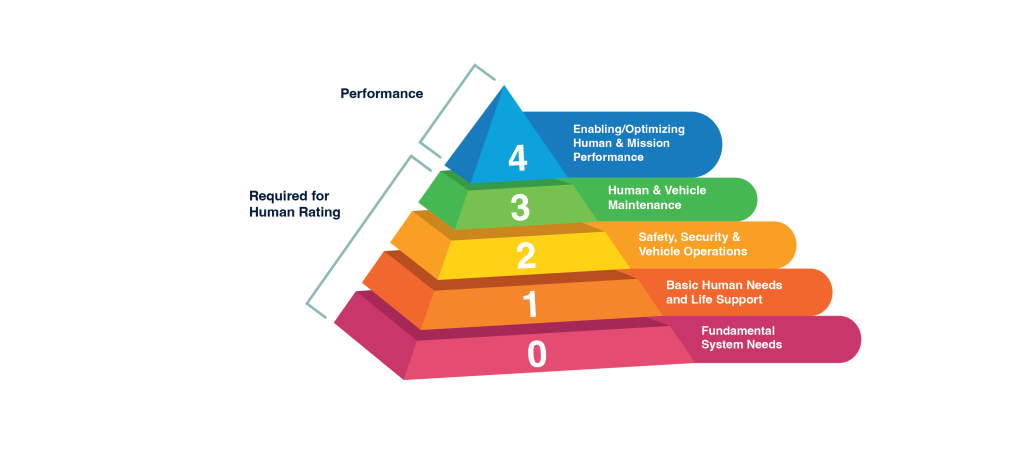

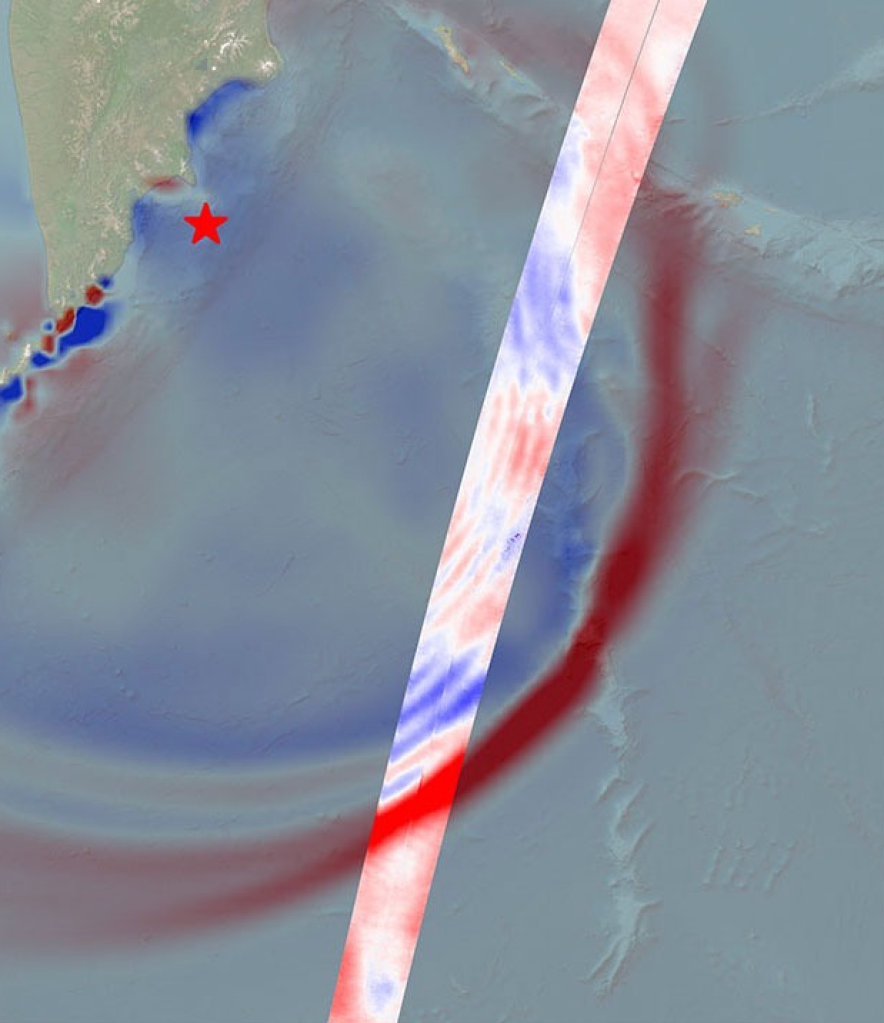
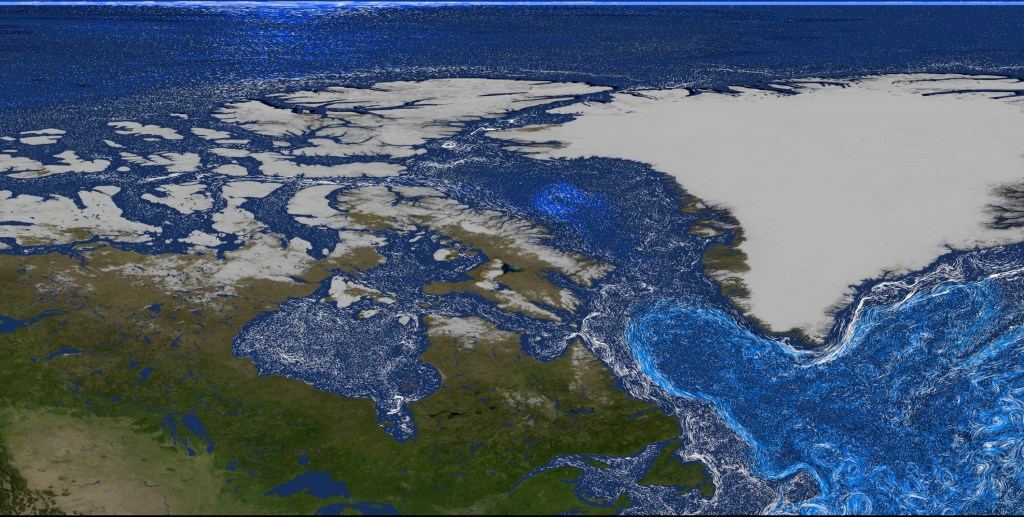
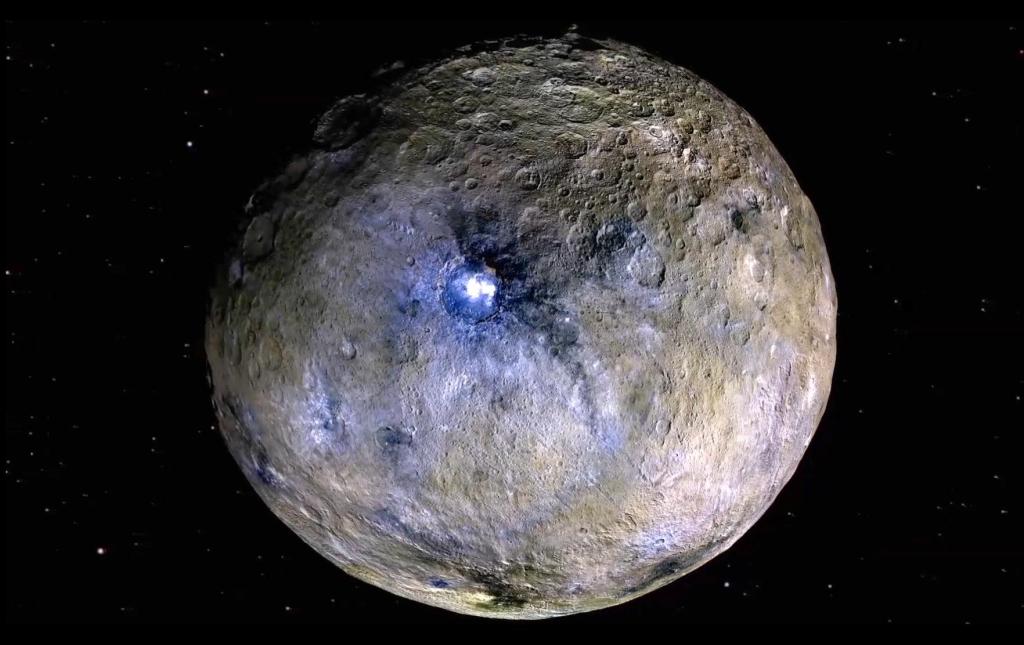

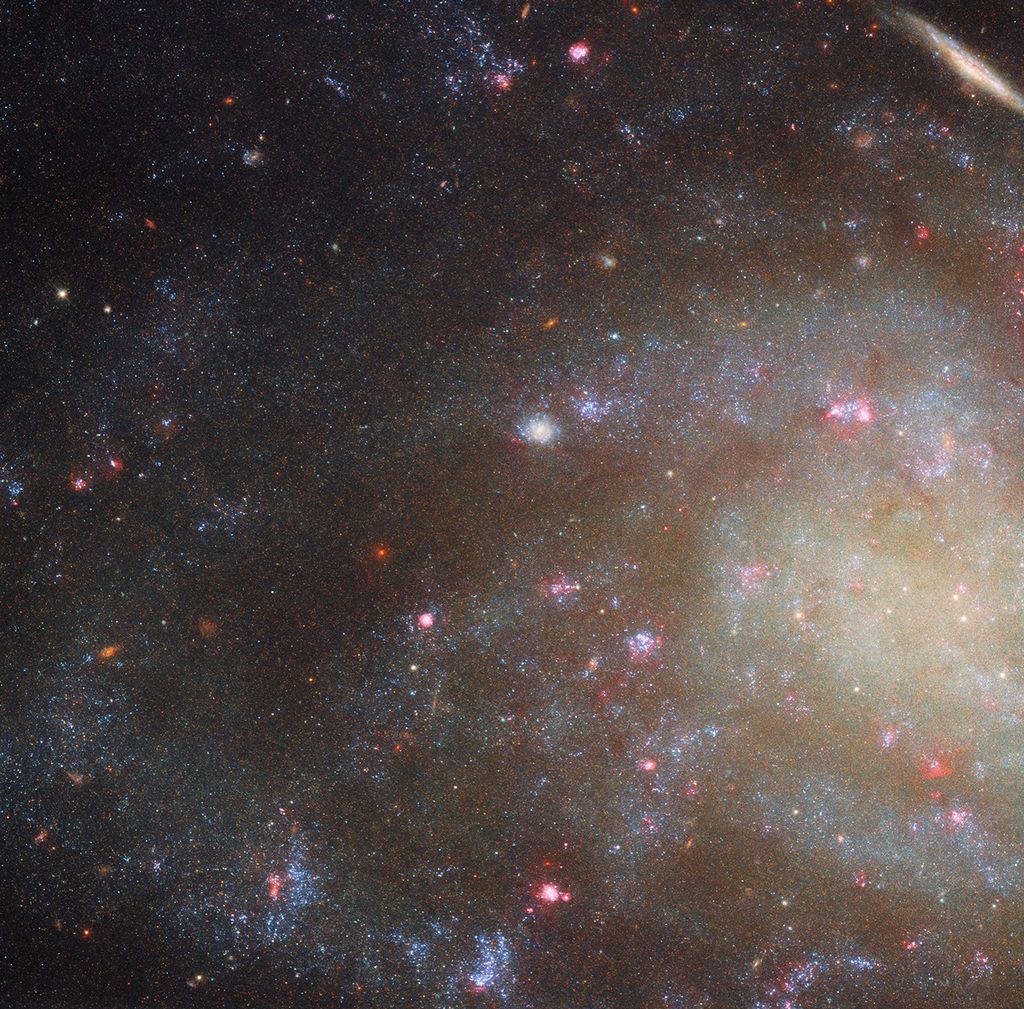
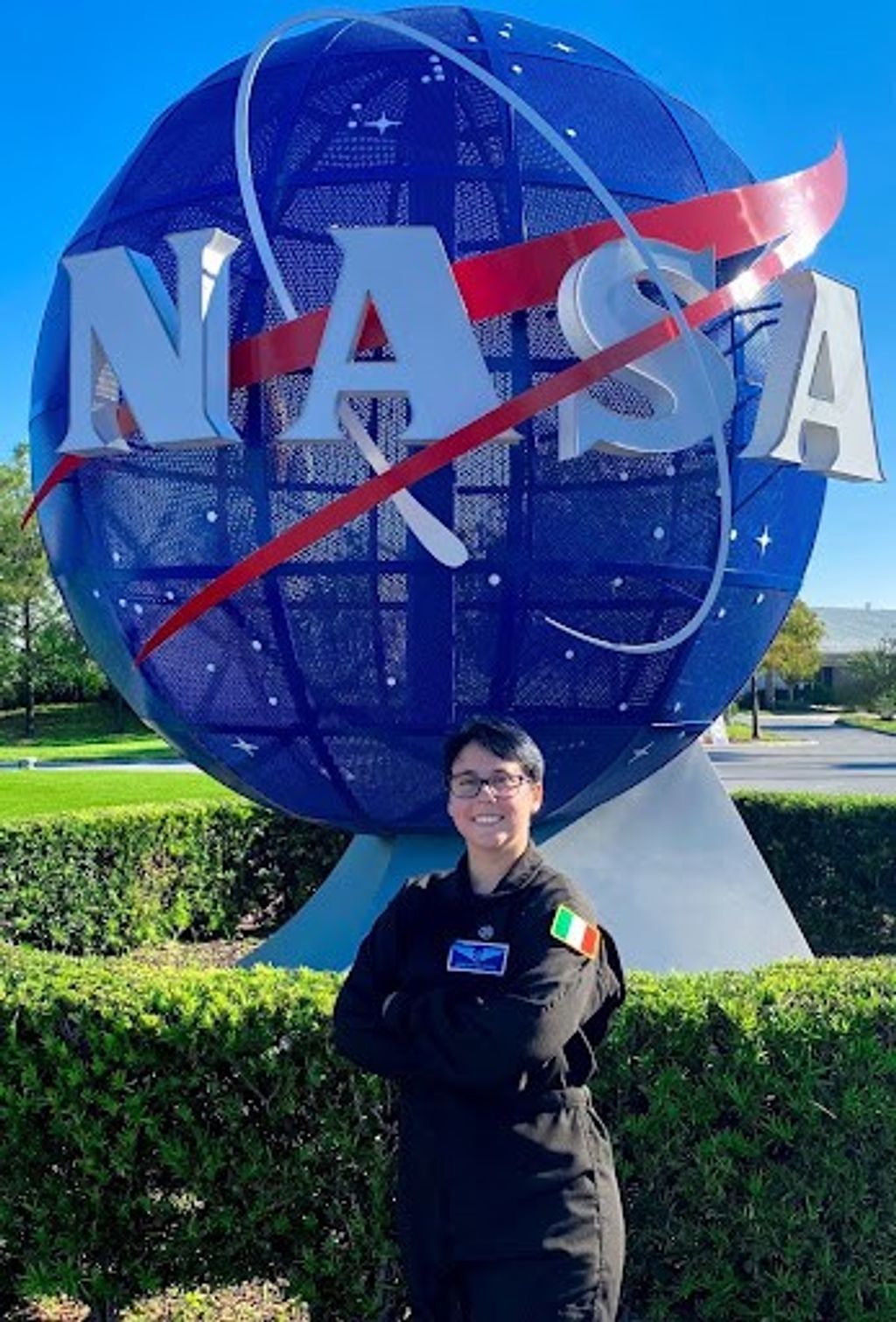
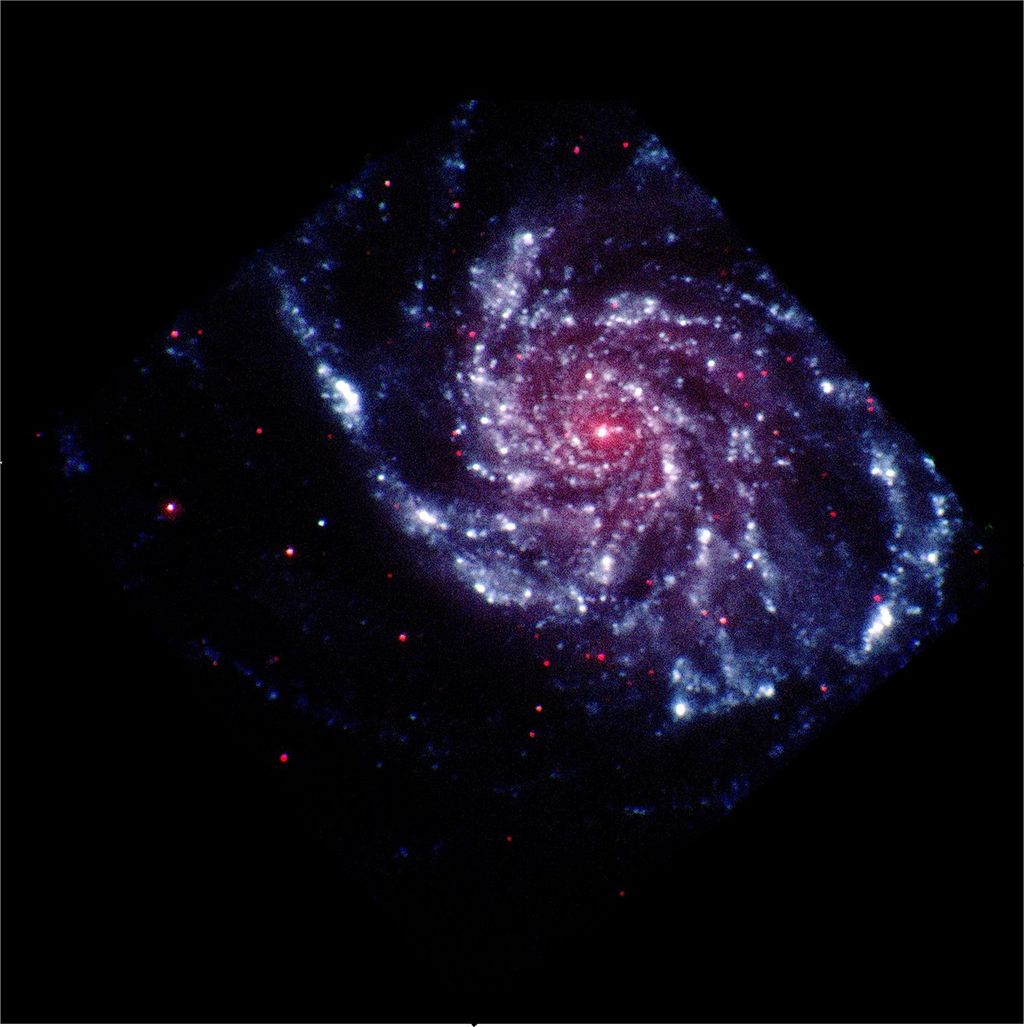
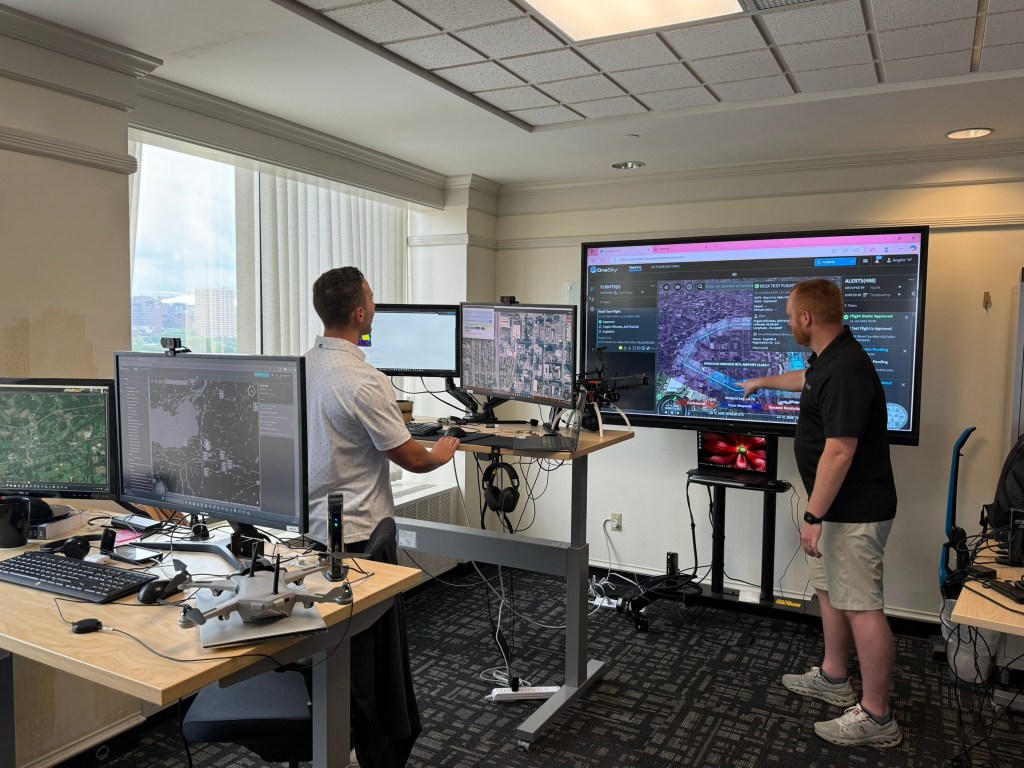





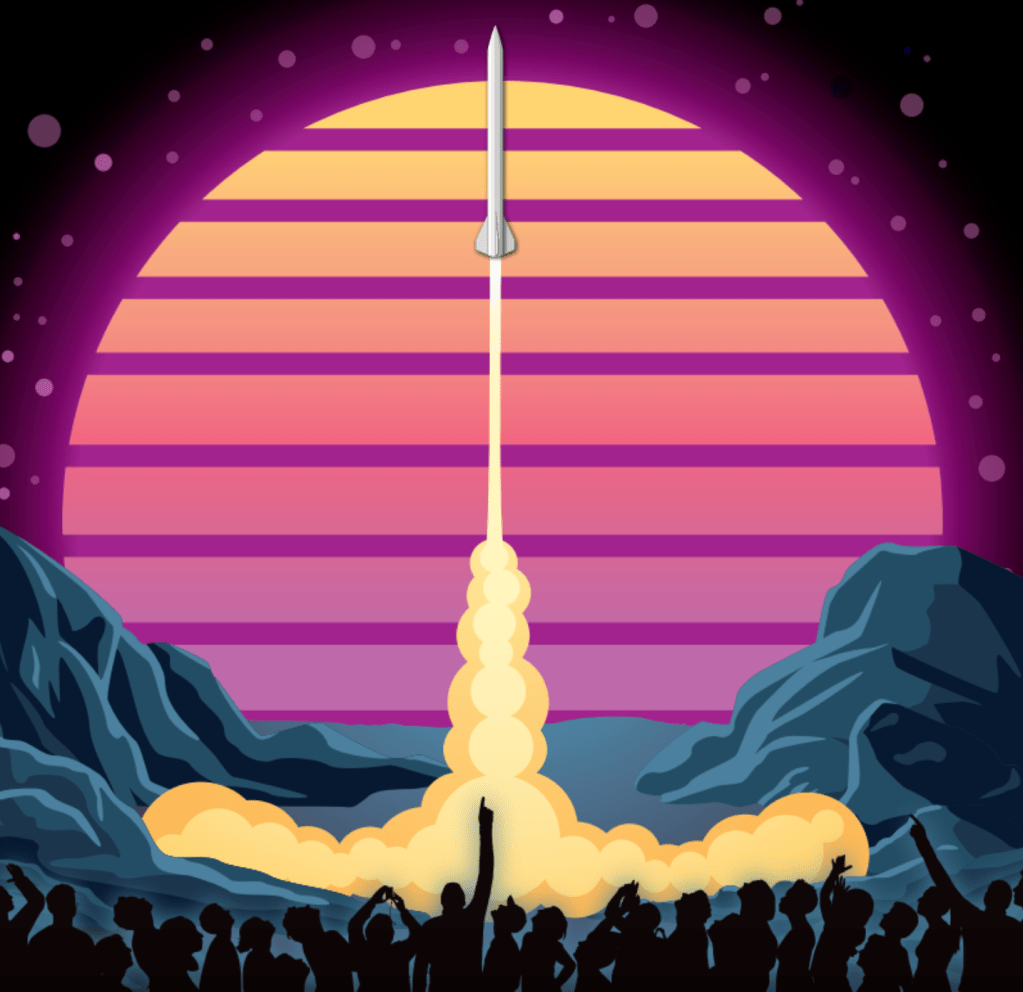

-Carolyn_Y._Ng.jpeg?w=1024)
